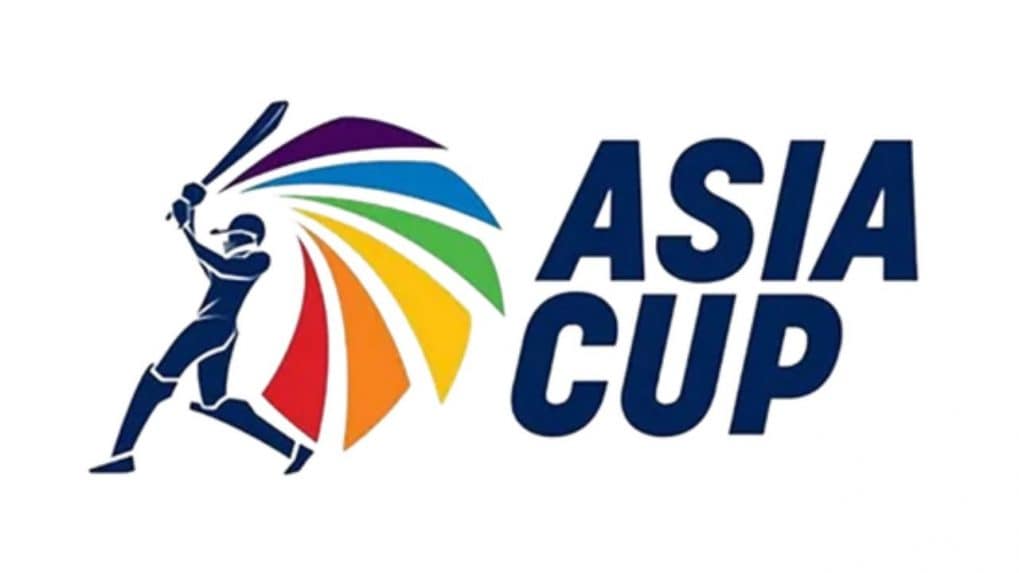Gaming
From Valsad to SC: Justice Pardiwala holds fate of $3 billion gaming industry, 2 lakh jobs

With less than two weeks to go for the Asia Cup, advertising rates around India’s matches have surged sharply compared to 2023, as broadcasters and OTT platforms gear up for record monetisation.
According to media buyers, the tournament, scheduled to commence on September 9 in the UAE, could generate ₹1,100–1,200 crore in ad revenues, despite the absence of real-money gaming platforms following recent regulatory restrictions.
“On TV, 10-second India-game spots are up by 40%, OTT mobile CPMs by 20–25%, and connected TV CPMs by 30%, with CTV emerging as a premium play,” said Bhairav Shanth, Co-Founder of ITW.
Russhabh R Thakkar, CEO of Frodoh, pegged TV rates slightly lower, at an 8–10% hike, but confirmed that digital is “carrying the premium” this season.
On TV, India-game 10-sec spot rates are sitting in the ₹13–15 lakh band. OTT mobile CPMs have risen faster now averaging around ₹260–₹280.
According to the ad rate card issued to advertisers by official media rights holder Sony Pictures Networks India (SPNI), CTV CPMs are holding steady in the ₹500–₹550 range, he adds, with marginal lifts for marquee India fixtures.
SPNI, which secured the media rights for Asia Cup till 2031 for $170 million, will air the tournament on Sony Sports Network and stream it on SonyLIV.
India–Pakistan matches remain blockbuster
The India–Pakistan clash continues to be the advertising magnet, with ad rates 25–50% higher than India’s other matches and as much as 3–4X of non-India games. The high-profile event is to take place on September 14 in Dubai.
Thakkar estimated the marquee game alone could fetch ₹150–200 crore across TV and digital.
Read more: Curse of India’s Cricket Jersey?: Beyond the sponsorship jinx behind Sahara, BYJU’S and now Dream11
In 2023, Indo–Pak fixtures had already pulled in ₹350–400 crore, and experts expect a further 10–20% growth this year, split between TV and OTT.
Inventory nearly sold out for India games
Broadcasters are seeing robust demand despite muted FMCG budgets.
Around 75–80% of ad inventory for India games is already sold on TV, with non-India matches at about 40–50%. On OTT, 60–70% of inventory for India fixtures is locked in, with premium placements, such as home-screen takeovers, already snapped up by auto and consumer tech brands.
Sponsors already signed on include Groww, Spinny, Havells, Hero, Wonder Cement, Ozone, Haier, and Royal Stag Packaged Water.
Title sponsorship is estimated at ₹80–90 crore (up ~10% from 2023), while co-sponsors are paying in the ₹35–40 crore range.
“Consumer brands are leading the charge into the festive season- Asia Cup is a big launchpad,” said Shanth.
The Dream11 vacuum
A key storyline this season is the exit of Dream11, which had a ₹358 crore title deal with the BCCI. Dream11 just has pulled out of its jersey deal with Team India. With the Asia Cup just around the corner, the BCCI is now on the hunt for a new sponsor.
According to Hansa Research’s Sandeep Ranade, this exit, coupled with India’s gaming advertising ban, could wipe out ₹4,000–4,500 crore from overall ad spends in the country. “This isn’t just about cricket- Dream11 was also a major sponsor for CPL and Big Bash League. Cricketers with endorsement deals in this category will also be impacted,” he said.
However, the void is drawing in auto, BFSI, consumer durables, fintech and edtech challengers as frontrunners for premium cricket sponsorship. “These categories are stepping in at ₹60–70 crore for near-top-tier rights,” said Thakkar.
The Indian Team’s FTP until 2028 (the original duration of the Dream11 contract) has a number of marquee ICC events (for both men and women) including the 2027 Men’s World Cup, and the 2026 Men’s T20 World Cup to be held in India- so the price is a matter of value. "Independently assessed, I would say the rates would be a premium over the previous deal with Dream11," shares Shanth.
Reportedly, Japanese automotive giant Toyota Motor Corporation and an unnamed fintech startup have emerged as frontrunners to secure one of the most coveted sponsorship slots in global sports. Considering the recent controversy on Dream 11 and backlash in the media, the BCCI is likely to exercise caution in selecting sponsors, added Dhananjay Bapat, Associate Professor, Marketing Management Area, Indian Institute of Management.
Experts caution that the freeze on real-money gaming (RMG) is reshaping cricket advertising economics.
“Last year, RMG platforms filled 15–20% of premium inventory. This year, that hole has forced broadcasters to bundle India and non-India games differently and price risk into contracts,” Thakkar noted.
Bapat added that BCCI will now lean on safer corporates across FMCG, auto, consumer durables, EVs, and renewables to avoid regulatory backlash seen in past sponsorship controversies with Byju’s, Sahara, and Star.
Despite the turbulence, Asia Cup 2024 is shaping up as a record-breaking property, fuelled by India–Pakistan hype, premium CTV pricing, and festive-season campaigns.
Big-ticket buying decisions now demand more than just logic and product specs – they require trust, emotional connection, and brand stories that resonate.
Read MoreThe Online Gaming Bill 2025 imposes severe penalties, allows warrantless search and seizure, and empowers a central authority to regulate the digital gaming ecosystem. It is expected to disrupt platforms, payment systems, and advertising in the sector. Here's all you need to know about the bill.